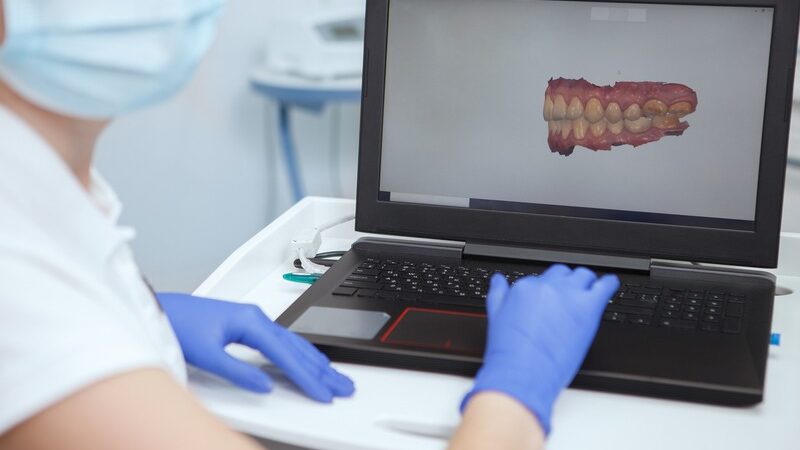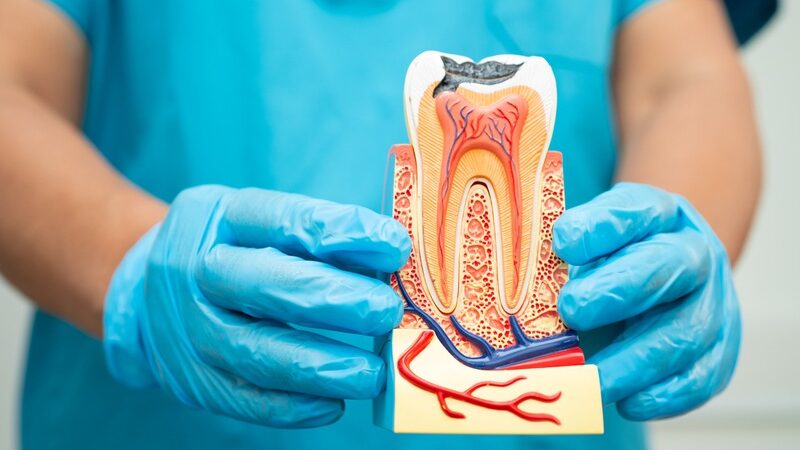Imagine a world where every smile is as bright and healthy as it can be. That’s the goal of restorative dentistry – to restore teeth to their natural beauty and function. Whether it’s due to decay, injury, or wear, restorative dentistry offers solutions to bring back your confident smile. In this article, we’ll discuss the steps involved in this crucial aspect of dental care, ensuring you understand what to expect and how these procedures can transform your oral health.
What Is Restorative Dentistry
Restorative dentistry encompasses a variety of dental treatments designed to repair or replace damaged teeth. It’s not just about aesthetics; these procedures are crucial for maintaining oral health, functionality, and overall well-being. The primary objective is to restore the integrity of the mouth, allowing patients to eat, speak, and smile with ease.
1. Diagnostics and Initial Consultation
The journey typically begins with a thorough diagnostic evaluation. During your initial consultation, your dentist will conduct a comprehensive examination of your mouth, including teeth, gums, and surrounding structures. This might involve digital scans, X-rays, and molds to assess your dental needs accurately.
2. Developing a Tailored Treatment Plan
Once your dental health has been fully assessed, the next step is to develop a personalized treatment plan. This plan will consider your specific conditions, desired outcomes, and even budget, ensuring that the proposed procedures align with your expectations and needs, whether you’re seeking routine care or more specialized options like dentures in Albuquerque, NM.
3. Execution of the Treatment Plan
Once the personalized treatment plan is agreed upon, the execution phase begins. This part of the process varies in duration and complexity, depending on the individual’s needs. The procedures may range from simple fillings and crowns in one or two visits to more complex surgeries for implants, which require multiple visits and phases for completion.
Each treatment is carried out with precision and care, using advanced technology and techniques to ensure optimal outcomes. The comfort and safety of the patient are paramount throughout each procedure.
4. Education and Preventive Measures
Education is a crucial part of restorative dentistry. Patients are equipped with the knowledge to maintain their restored teeth and prevent future dental issues. This includes instruction on proper brushing and flossing techniques, dietary advice, and information on the impact of lifestyle choices on oral health.
Preventive care also involves regular dental checkups and cleanings, which are vital in monitoring the health of the restoration and addressing any minor issues before they escalate. This proactive approach helps ensure the longevity of dental restorations and overall oral health.
Common Restorative Procedures
Restorative dentistry includes a wide array of procedures. Here are the most common ones:
-
Fillings: Utilized primarily to repair cavities and restore decayed teeth, fillings involve filling tooth cavities with materials like amalgam or composite to prevent further decay and restore tooth function.
-
Crowns: Caps placed over damaged teeth to restore their shape, size, and strength. For many patients, the primary motivation to opt for a crown is to eliminate pain and discomfort caused by a fractured or decayed tooth.
-
Bridges: Dental bridges are prosthetic devices that consist of artificial teeth. They are used to fill the gaps created by one or more missing teeth, anchored onto adjacent teeth or implants to provide functional and aesthetic replacement.
-
Implants: Dental implants involve surgically inserting titanium posts into the jawbone, which serve as a sturdy anchor for a crown or bridge. They provide a permanent solution for missing teeth and help maintain jaw structure.
-
Dentures: These are removable prosthetic devices designed to replace missing teeth. Dentures can be either complete or partial, helping to restore the ability to eat and speak while improving the wearer’s appearance. Depending on the number of teeth lost and the specific needs of the patient, dentures can be full or partial.
Aftercare and Follow-up
Restorative treatments don’t end with the procedure itself. Proper aftercare is crucial to ensure the longevity of your restorative work. This will likely include regular dental checkups, cleanings, and periodic adjustments or repairs to the restorative work. Additionally, good oral hygiene is indispensable to maintain the health and durability of restorations.
Benefits of Restorative Dentistry
The benefits of opting for restorative dentistry are extensive:
-
Improved Oral Health: Addressing and fixing dental issues prevents further damage or complications.
-
Enhanced Aesthetics: Restorations improve the appearance of your smile and boost confidence.
-
Increased Functionality: Restored teeth improve chewing, digestion, and overall comfort.
-
Prevention of Future Issues: Corrective procedures can prevent future oral health issues, saving time and money in the long run.
Final Thoughts
Restorative dentistry can seem overwhelming, but understanding the steps involved helps demystify the process and highlights the benefits of pursuing such treatments. Whether it’s getting a simple filling or a more involved procedure like dentures or crowns, the ultimate goal is the same: restoring your smile and maximizing your oral health. With today’s advancements in dental technology, there’s every reason to hope for a bright, healthy future for your teeth.






